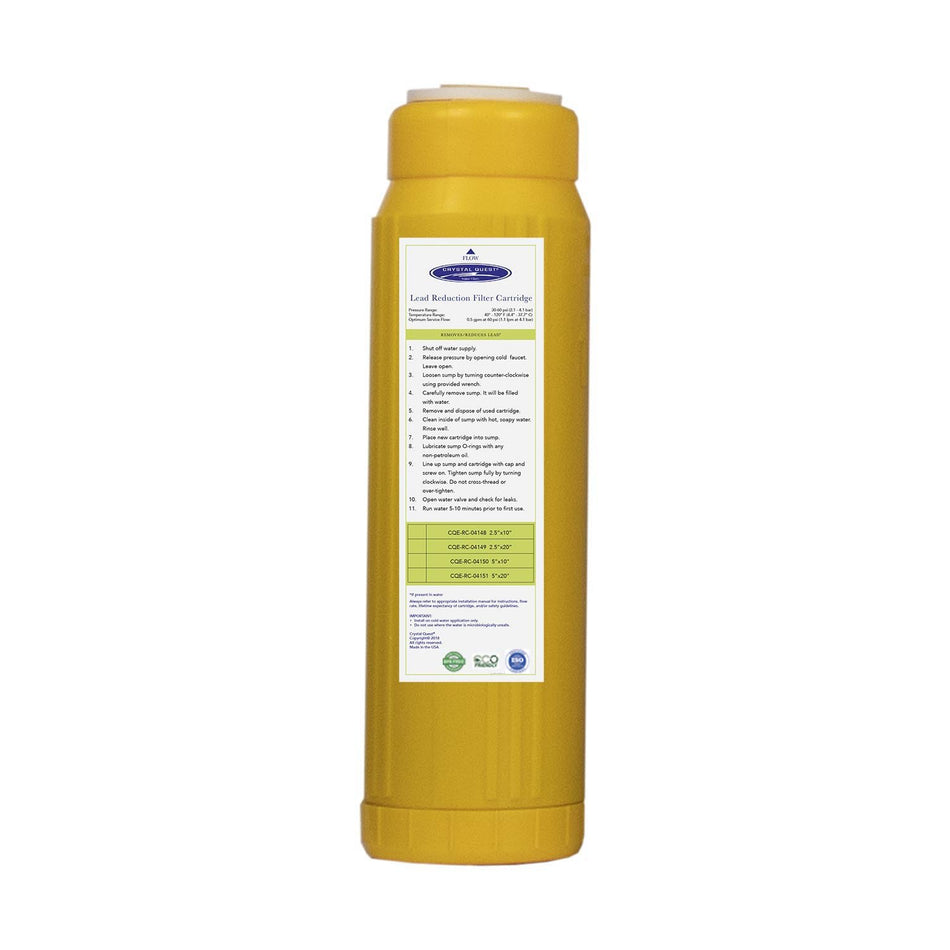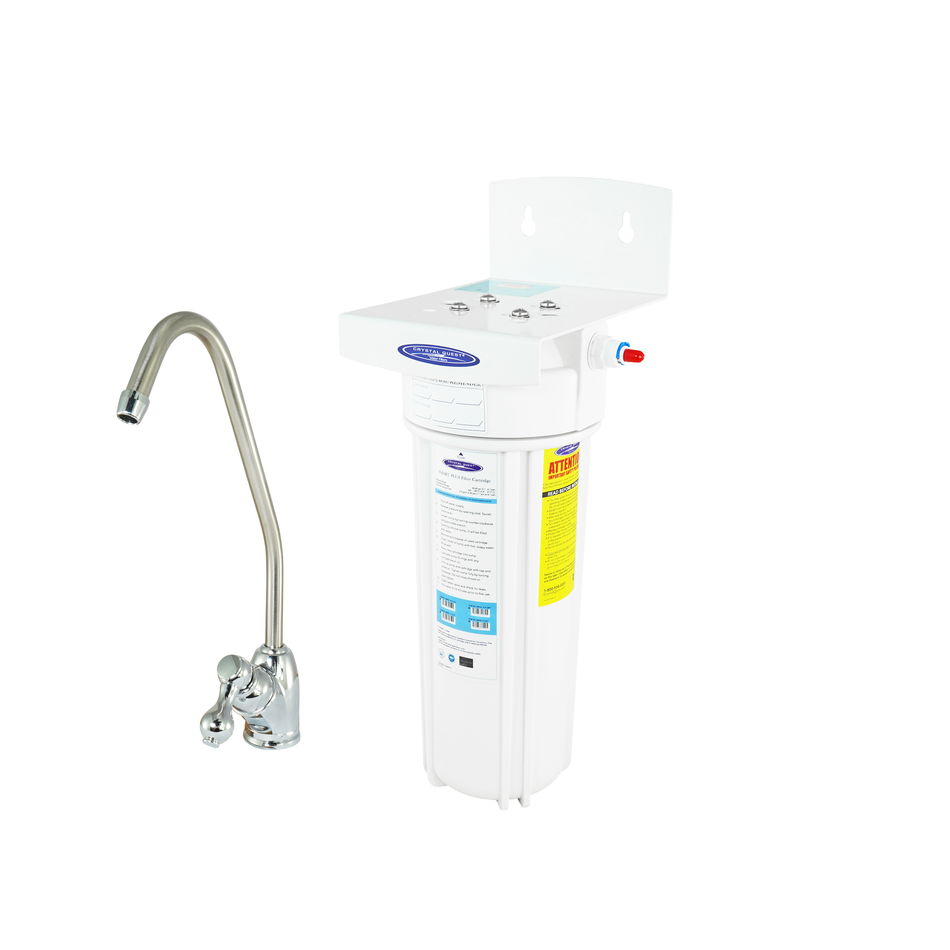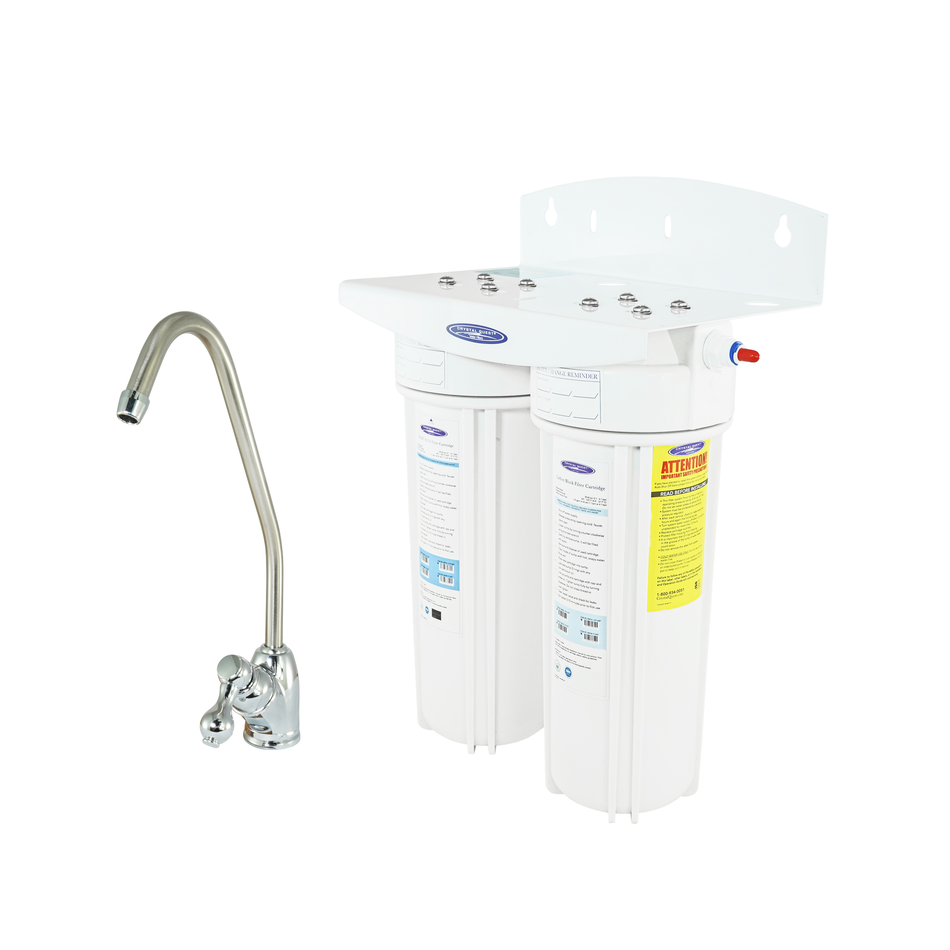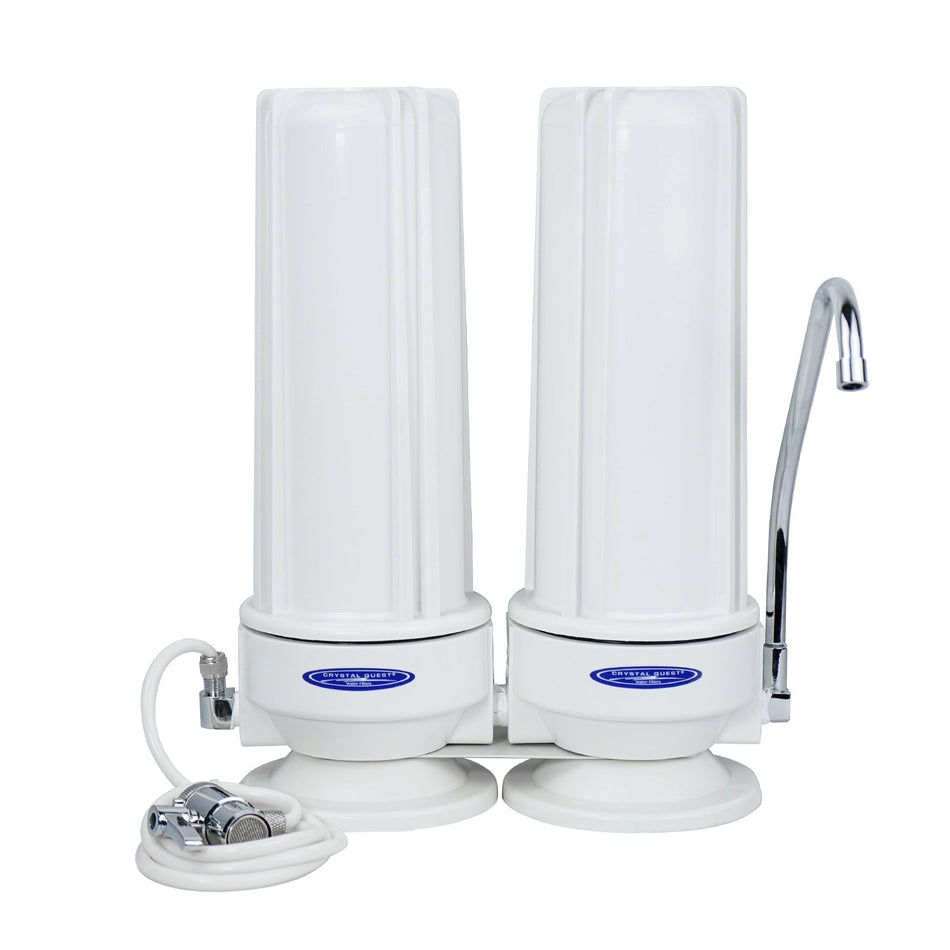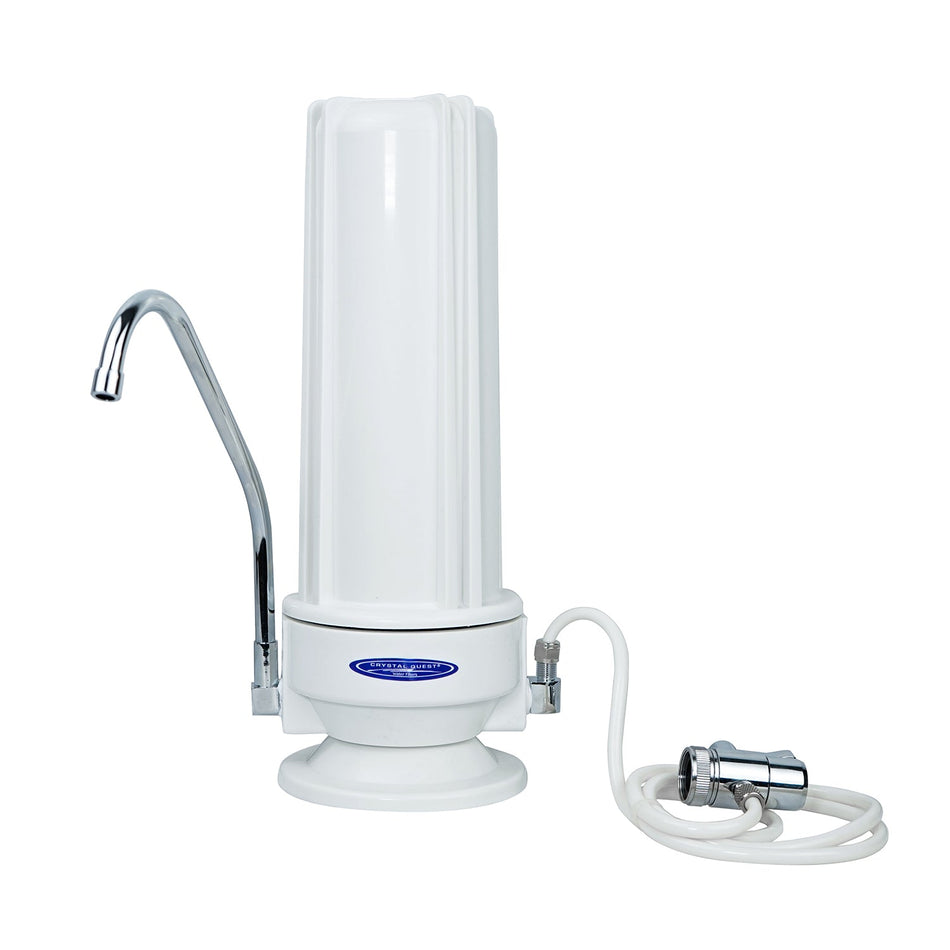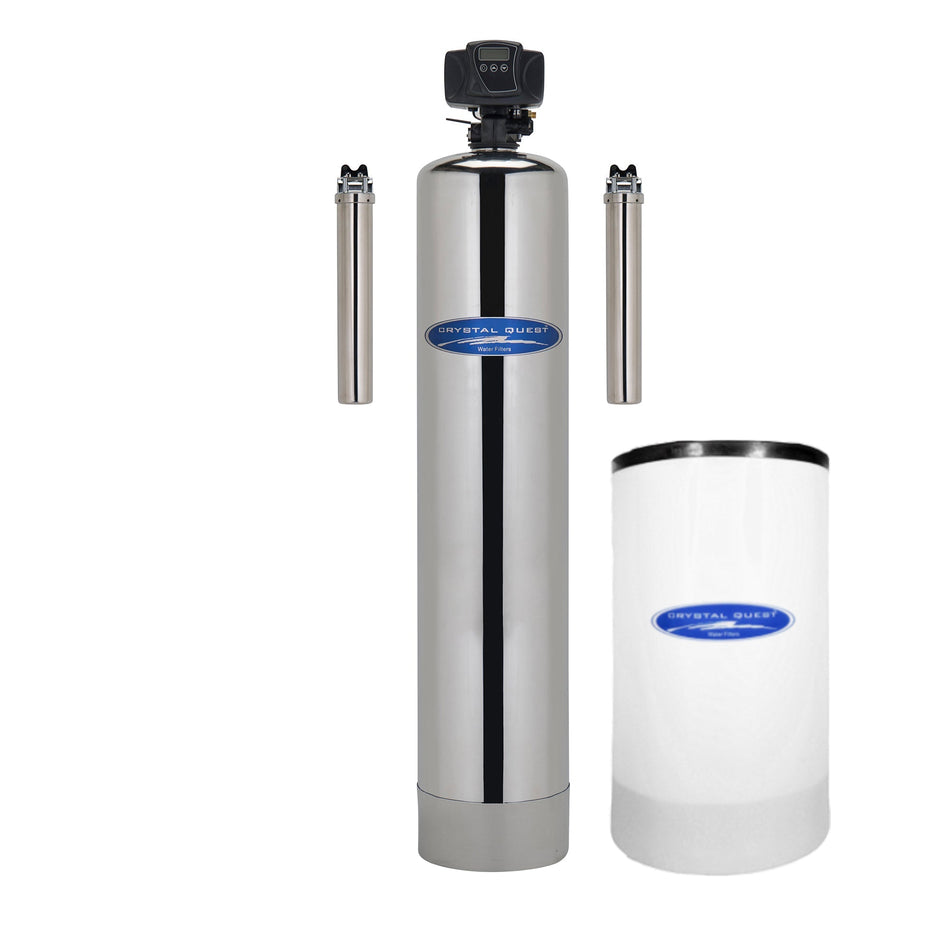Lead in drinking water is a significant public health issue that has garnered attention worldwide. This toxic metal can enter the water supply through various sources, posing serious health risks, especially to vulnerable populations like children and pregnant women. This article explores the causes of lead contamination in water, its health effects, and strategies for prevention and remediation.
Causes of lead contamination.
Lead can enter drinking water through several pathways, primarily through the corrosion of plumbing materials. Here are the key sources:
- Lead pipes and Fixtures: Many older homes and buildings have lead pipes, solder, and fixtures. As these materials corrode, lead can leach into the water supply.
- Service Lines: Lead service lines, which connect buildings to the main water supply, are another significant source. The corrosion of these lines can introduce lead into the water.
- Water Chemistry: The acidity or alkalinity of water can affect the rate of corrosion. Soft water, which is low in minerals, can be more corrosive, increasing this likelihood of lead leaching from pipes.
- Groundwater: the presence of lead in groundwater from industry, mining, plumbing, gasoline, and coal.
Health effects of Lead Exposure.
Lead is a potent neurotoxin, and even low levels of exposure can have significant health impacts, especially on children and pregnant women. Key health effects include:
- Children health Issues: lead exposure can severely affect the developing brains of children, leading to reduced IQ, attention disorders, irritability, abdominal pains, developmental delays, and academic difficulties.
- Pregnancy risks: For pregnant women, lead exposure can result in premature births, low birth weights, and developmental problems for infants.
- Adult Health Issues: In adults, long-term exposure to lead can cause hypertension, kidney damage, joint pain, abdominal pains, mood disorders, and reproductive issues.
Detection and Testing.
To determine the presence of lead in drinking water, you must test the water. Lead does not present a color, smell, or taste.
- Laboratory testing: Sending water samples to certified laboratories offers more precise measurements.
- Municipal testing programs: Many local governments conduct regular testing of public water supplies and publish the results. * These are not always accurate as there could be damage to the pipes leading from the water supply to your home. It is always best to test the water coming into your home to know what is exactly in your water. A notable instance of this would be The Flint, Michigan water crisis. *
Prevention and Remediation.
- Regulatory Standards: Governments establish maximum allowable levels of lead in drinking water and enforce regulations to ensure compliance. The U.S. Environmental Protection Agency (EPA) has set the action level for lead in water at 15 parts per billion (PPB) and a Maximum Contaminant Level goal to 0.
- Pipe Replacement Programs: Replacing lead service lines and plumbing fixtures is a long-term solution to eliminate the source of contamination.
- Point of Entry Filters: Installing water filters on your main line can effectively remove lead from drinking water. It is important to make sure you are using a product recommended for your water quality and usage to effectively remove lead from drinking water.
- Run your water: Before drinking, flush your home’s pipes by running the tap. The amount of time to run the water will depend on whether your home has a lead service line or not, and the length of lead service line. For recommendations on flushing times, you should contact your local water utility company.
Lead contamination in drinking water remains a pressing public concern that requires ongoing attention and action. By understanding the sources and effects of lead in water, implementing effective prevention and remediation strategies, and staying informed through regular water testing, communities can work together to ensure safe and clean drinking water for all.


